As lunch debt climbs, school districts grapple with balancing budgets and students' needs
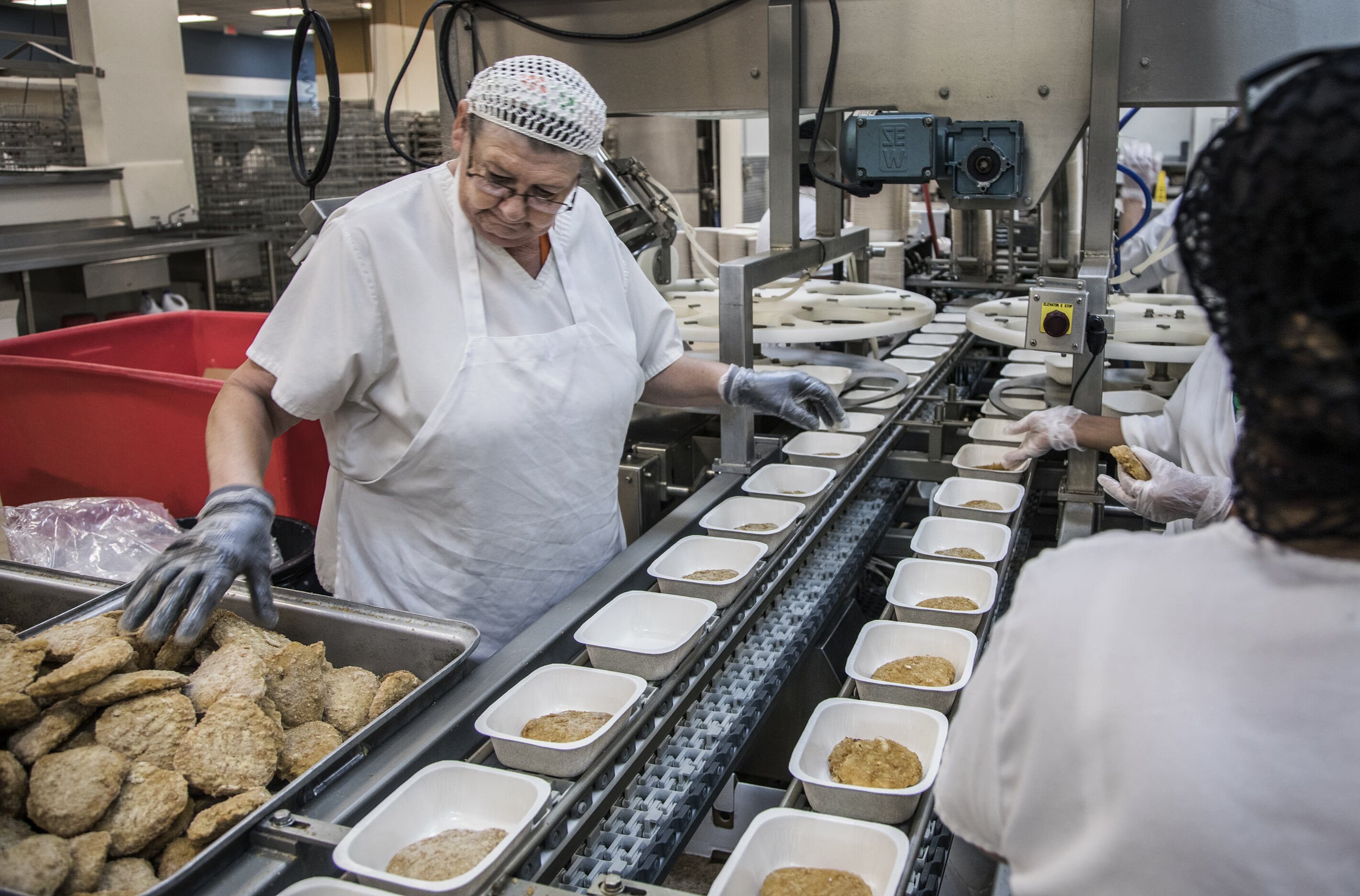
The controversy started with a cold cheese sandwich.
Facing increasing debt related to negative school lunch balances, the Washoe County School District recently submitted a potential solution to its Board of Trustees: When elementary students exceed $13.50 worth of unpaid meals, give them a cold cheese sandwich, milk and fruit or vegetable rather than the day’s main entrée.
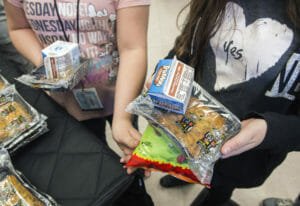
The idea didn’t sit well with members of the community who equated it to a shaming tactic. The board ultimately decided against the proposal, which the district’s chief operating officer, Pete Etchart, said sends a clear message to the community.
“We never ever want to shame a child,” he said. “We never want to take food away from a child. We want to do everything we can to be sensitive to the child.”
But it’s not going to solve the district’s financial dilemma. By the end of February, unpaid meal debt had climbed to $66,723 — more than double the $29,560 that had accrued all of last school year, Etchart said.
Washoe school officials can’t entirely pinpoint why the deficit soared this year, but they said it could be related to families’ changing financial situations or reluctance to apply for free and reduced-price lunches because of their immigration status or other beliefs. And then there’s this possibility: Some families, for whatever reason, may simply refuse to give their children lunch money or food.
The district is far from alone. Roughly three-fourths of school districts had unpaid meal debt when the 2014-2015 academic year ended, up from 70.8 percent the prior year, according to a survey by the School Nutrition Association. That includes the Clark County School District, which has about $37,000 in unpaid meal charges, said David Wines, the director of food service for CCSD.
The issue has garnered more attention recently because the U.S. Department of Agriculture is requiring that school districts form policies regarding unpaid meals by July 1. The memo from the federal department doesn’t dictate the nature of the policy — just that one needs to be in place and shared with families.
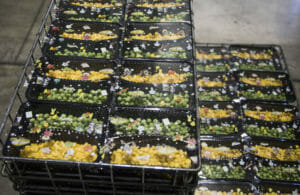
“Policies may allow students to charge all types of available reimbursable meals, offer alternate meals, impose a limit on charges, or allow neither meal charges nor offer alternate meals,” the memo, issued last summer, states. “Additionally, policies may be consistent for all students or vary based on student grade levels.”
It’s a touchy subject given the need to balance student wellness with financial obligations. The USDA encouraged school districts to consider adopting policies that would ensure children receive the nutrition needed to stay focused at school, minimize identification of children with negative account balances and maintain their financial integrity.
“It’s not easy,” Wines said. “Policies are never easy because not everyone’s going to be happy with them.”
As it stands today, CCSD gives elementary students a grilled-cheese meal when their account balance has more than $6.50 — the equivalent of two lunches and two breakfasts — of unpaid charges. Washoe schools allow elementary students to receive any lunch option, regardless of their account balances.
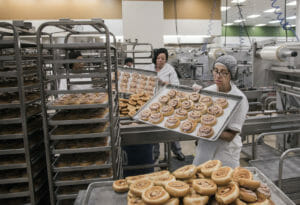
Both school districts don’t provide food, including alternative options, to middle and high school students whose accounts lack money. It’s a longstanding policy, but that doesn’t necessarily mean older students go hungry. Some principals and staff members keep food handy and urge students to confide in them if they’re in need.
“If they need food, we’re going to make sure we get them food,” Etchart said.
School officials say the policies aren’t meant to be harsh. It’s simply a reality facing the districts, which can’t let debt balloon out of control. The food-service departments operate from what’s known as an enterprise fund because they receive federal reimbursements for certain programs such as free or reduced-price lunches for low-income students.
The USDA, which governs so-called school food authorities, does not allow them to have “bad debt,” meaning districts must dip into their general operating funds if they can’t find other ways to pay off the meal charges, Wines said.
Sometimes the latter scenario happens. Every so often, CCSD receives donations from people or organizations wanting to pay off lunch debts — taking the burden off the cash-strapped district and families. Similar benevolence occurred in Washoe County after the alternative lunch option hit the news. Washoe officials announced the district had received donations totaling $2,962 for the unpaid meal charges as of Tuesday.
“The bottom line is there are a lot of generous people who feel this is something they want to help with, which is awesome,” Etchart said.
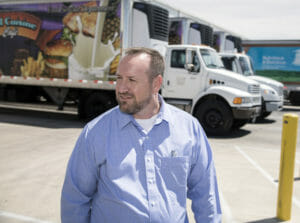
Still, the districts can’t rely on their communities’ generosity year after year because it’s not a sustainable source of revenue. Wines said CCSD leaves families phone messages and sends letters notifying them of their child’s unpaid lunch charges — and, in situations where it becomes an ongoing problem, attempts to figure out what’s happening at home to see if the family needs community supports.
While the Washoe district has signaled it’s keeping its unpaid meal policy the same for now, Clark County has not made a final decision. Wines said the goal is to implement a policy that is “fair and equitable across the board,” but he acknowledges it will be tough to please everyone.
“There’s no win-win situation,” he said.
Feature photo: Food service personnel place frozen chicken breasts in serving containers at the Clark County School District's central kitchen, 6350 E. Tropical Pkwy., on Monday, May 15, 2017. Photo by Jeff Scheid.
